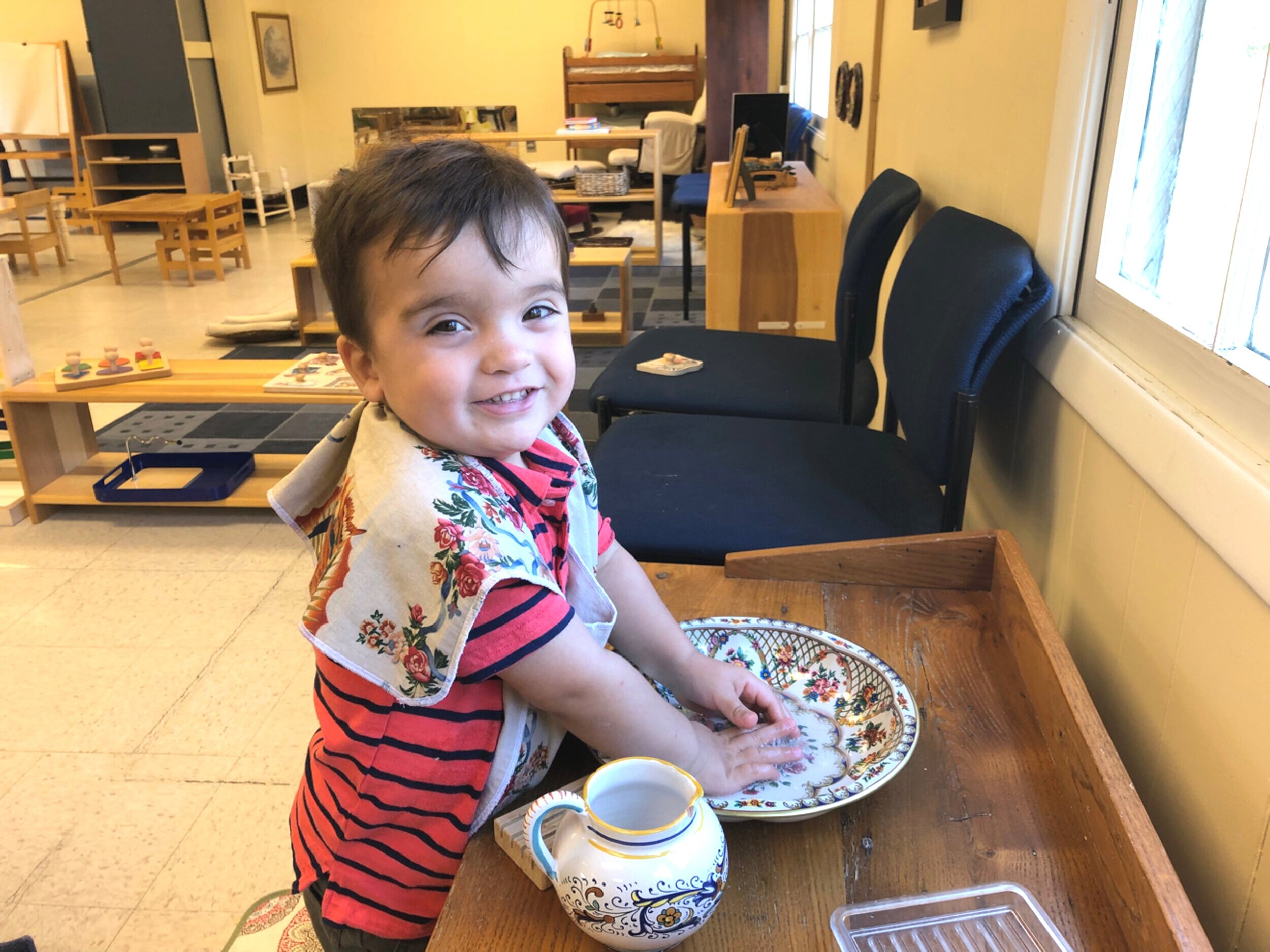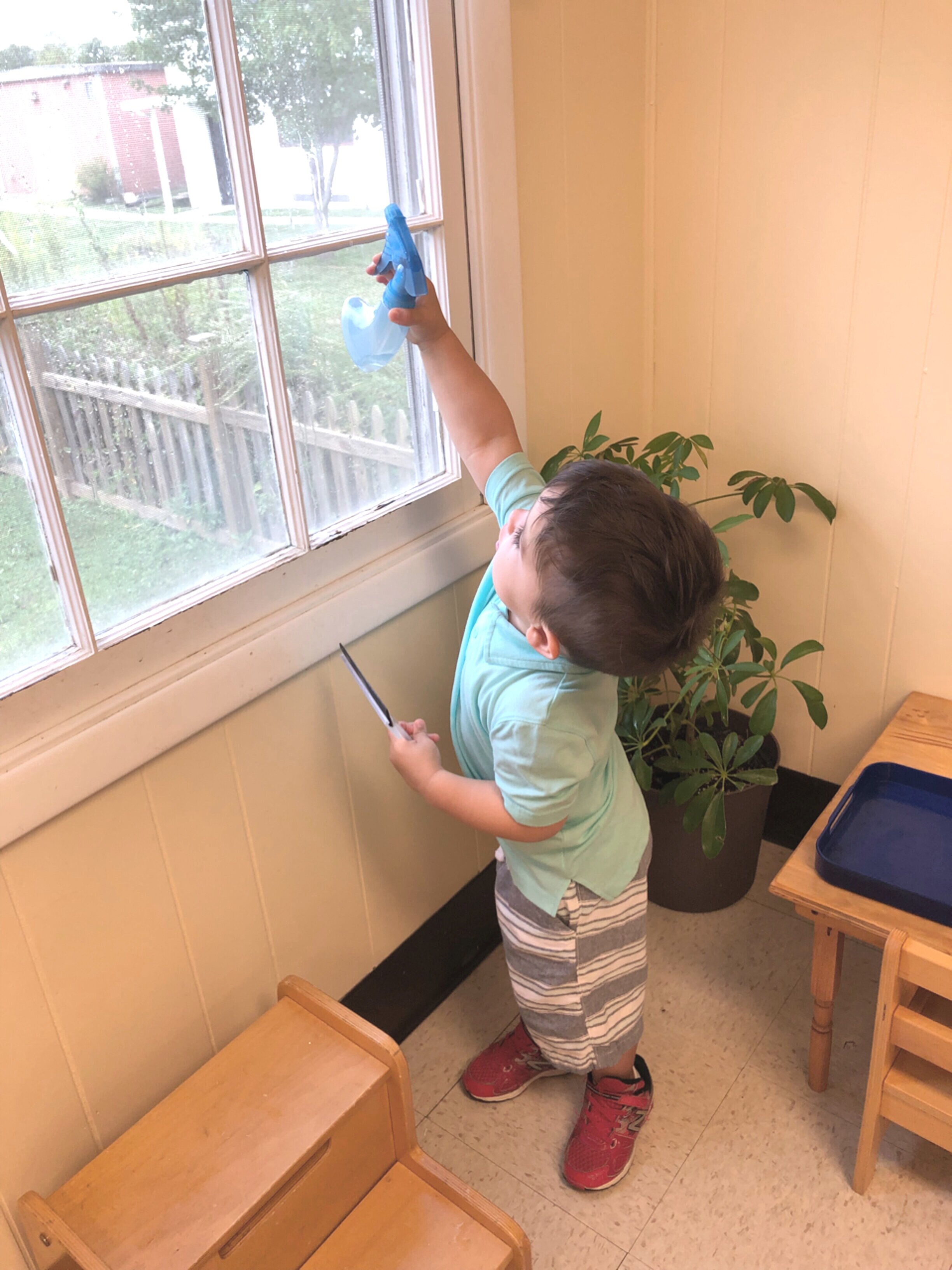By Mary Pat Blanchette, Middle School Guide
“Let us leave the life free to develop within the limits of the good, and let us observe this inner life developing. This is the whole of our mission.” (Dr. Montessori’s Own Handbook)
The word transformation is playing over and over in my head this week. One simple definition states: "a thorough or dramatic change in form or appearance." Transformations are taking place in the Middle School community, in me, in the children and in our outdoor works.
Mrs. Wolf planted sweet potatoes this summer with some of the children in our community. We harvested them on Monday. Transformation! Because of the lack of rain this summer, we weren’t confident of what we would dig up. The dramatic change took place under the surface and the joy of the discovery of bountiful sweet potatoes was also a transformation in our souls.
The children picked a large amount of green beans last week. The excitement coming from them was tangible. They washed the beans, snipped the ends, and then made the environment smell like a four star restaurant. Here we are again, transformation. Garlic, beans, salt, pepper, paprika, sugar and olive oil! So delicious, and from our raised beds.
Sometimes in life the transformation is slow, hard to see, or maybe even invisible. So then, I become anxious, irritable, my peace and focus slip away. God in His great mercy sends someone or something, . . . sweet potatoes, a child, a coworker to restore my peace. Have patience and take heart! The transformation is taking place in His time, not my time.










